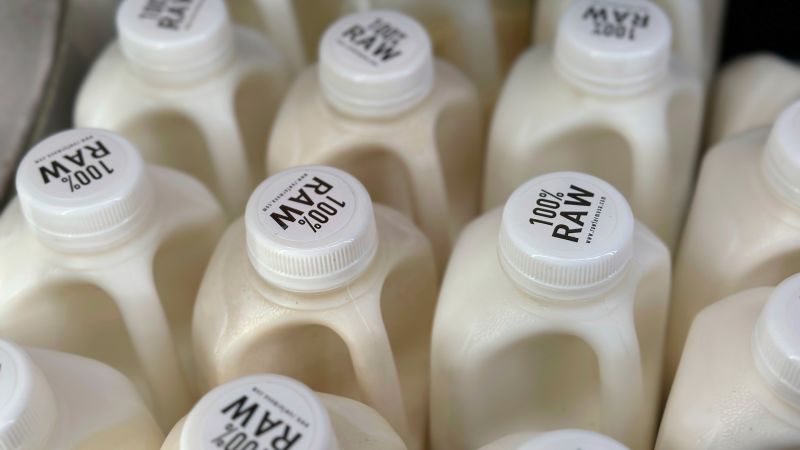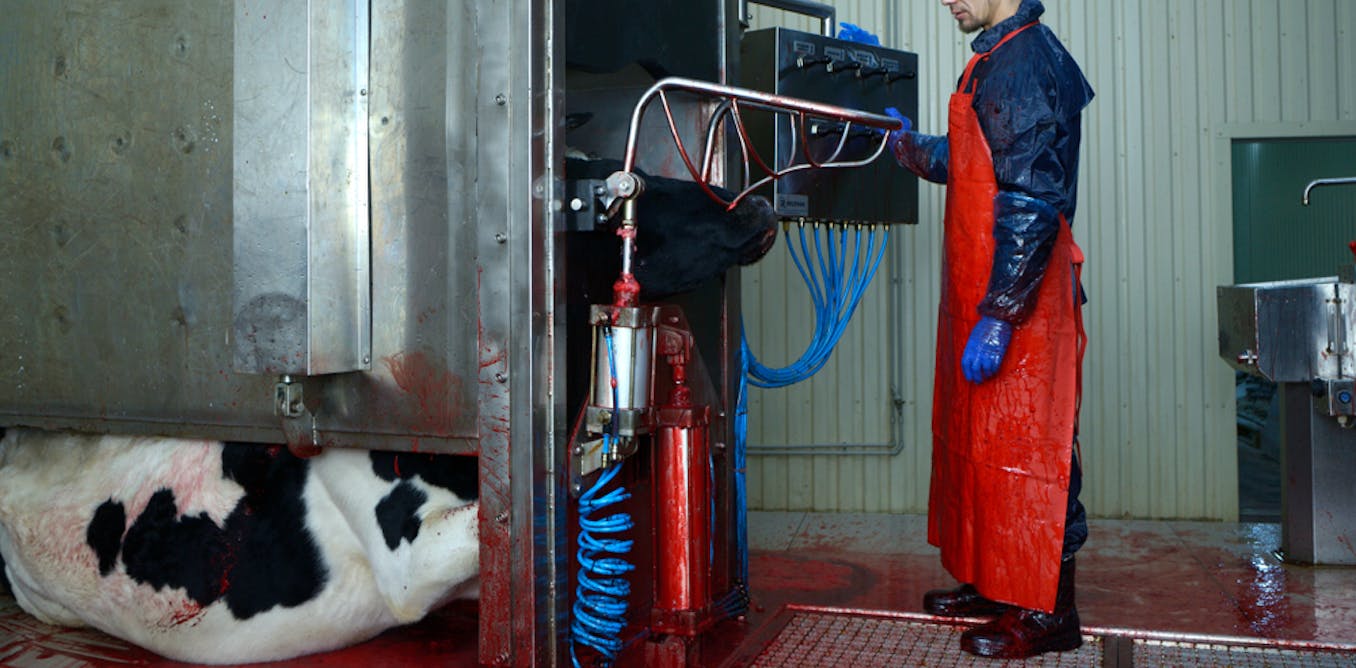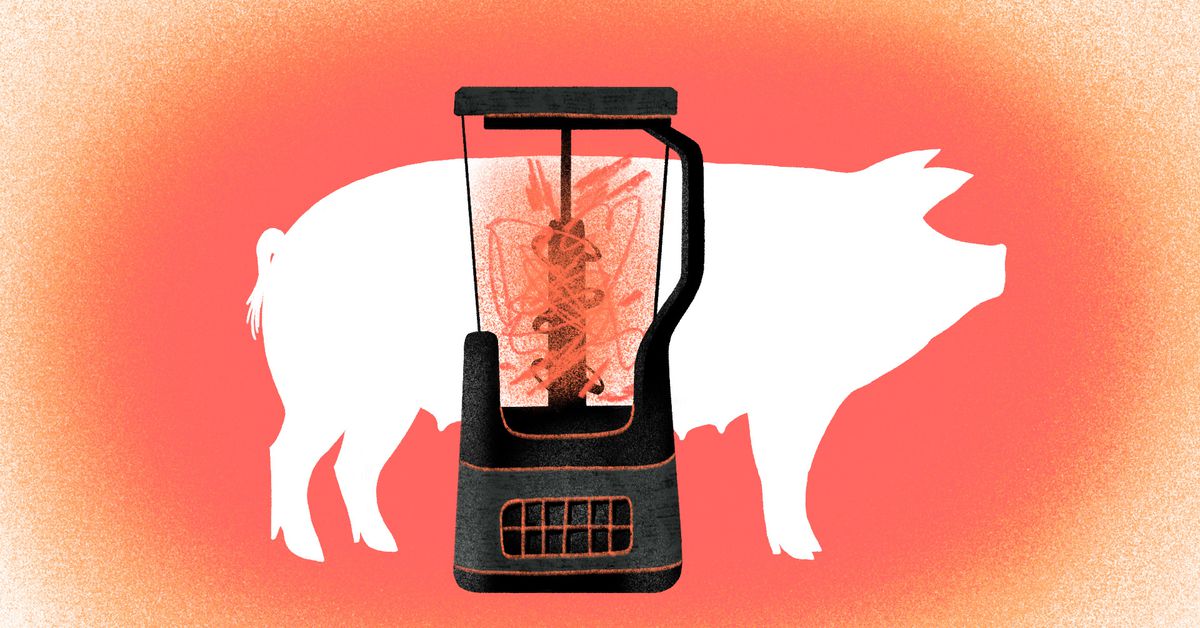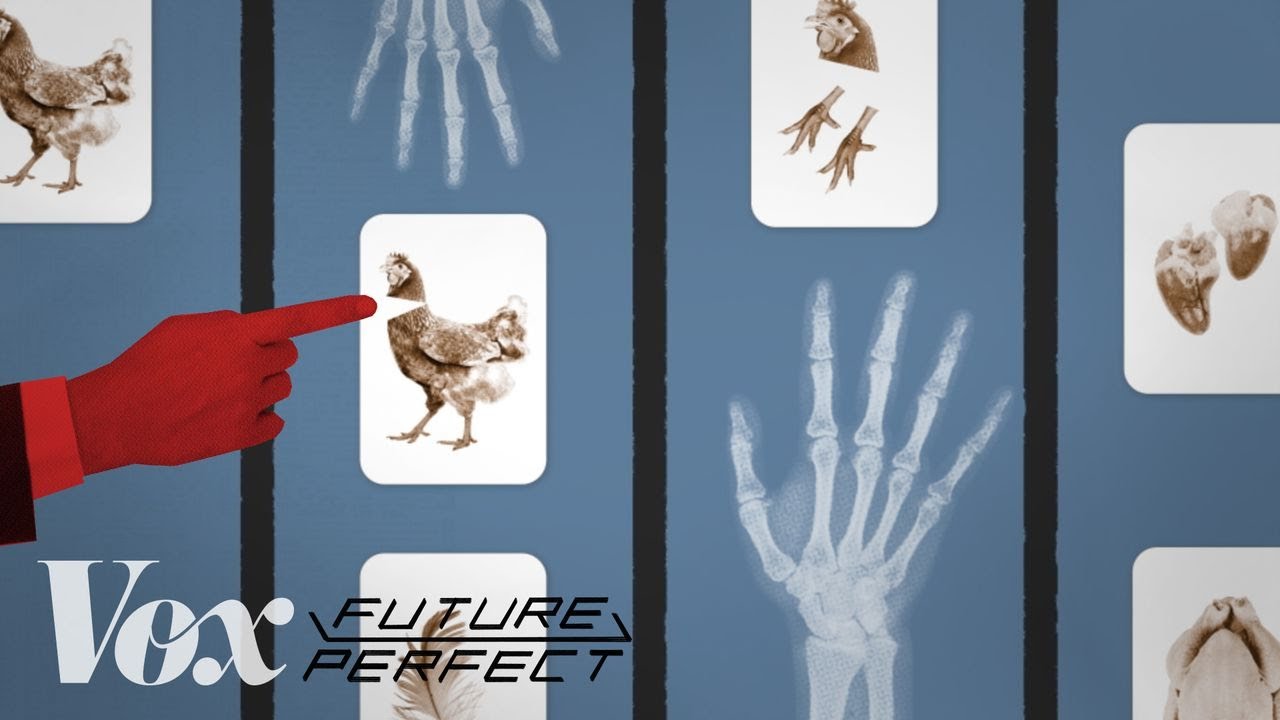- 109 Posts
- 124 Comments

 304·20 days ago
304·20 days agoQuite a range of things. It’s so many It’s hard to list them all. Some of these are more global than others:
Eyestalk ablation is the removal of one (unilateral) or both (bilateral) eyestalks from a crustacean. It is routinely practiced on female shrimps (or female prawns) in almost every marine shrimp maturation or reproduction facility in the world, both research and commercial.
https://en.wikipedia.org/wiki/Eyestalk_ablation
Chick culling or unwanted chick killing is the process of separating and killing unwanted (male and unhealthy female) chicks for which the intensive animal farming industry has no use. It occurs in all industrialised egg production, whether free range, organic, or battery cage.
https://en.wikipedia.org/wiki/Chick_culling
A gestation crate, also known as a sow stall, is a metal enclosure in which a farmed sow used for breeding may be kept during pregnancy.[1][2][3] A standard crate measures 6.6 ft x 2.0 ft (2 m x 60 cm).[4][5]
[…]
There were 5.36 million breeding sows in the United States as of 2016, out of a total of 50.1 million pigs.[8] Most pregnant sows in the US are kept in gestation crates.
https://en.wikipedia.org/wiki/Gestation_crate
Ventilation shutdown (VSD) is a means to kill livestock by suffocation and heat stroke in which airways to the building in which the livestock are kept are cut off. It is used for mass killing — usually to prevent the spread of diseases such as avian influenza. Animal rights organizations have called the practice unethical.

 163·20 days ago
163·20 days agoMarium webster has a good article about the history of the misappropriation of the phrase
https://www.merriam-webster.com/wordplay/one-bad-apple-spoil-the-barrel-metaphor-phrase

 2·24 days ago
2·24 days agoIn most species, bird flu is both highly infectious and very deadly. A disease being very infectious can make up for its lethality
It seems I shitposted too close to the shit
From global estimates
It’s estimated that three-quarters – 74% – of land livestock are factory-farmed
[…]
Combine land animals and fish, and the final estimate comes to 94% of livestock living on factory farms.
https://ourworldindata.org/how-many-animals-are-factory-farmed
In the mean time, there’s plenty of plant-based meats along with plant-based dishes and the like. If we only wait for cultured meat, harm will continue to be done
Was thinking more about cameras from journalists or other organizations
Their ads usually don’t show them inside even when they live there
Bringing up a Tyson competitor, the farm manager wonders how other poultry companies handle supposedly free-range-raised chickens. The short answer: They don’t, really.
“Those birds don’t go outside — you know that,” the technician replies. “They don’t all go out … Look that up online.”
The manager chimes in: “It’s not like they make it like all of ’em come out and enjoy the sun.”
“That is strictly for commercial [advertising] purposes,” the technician says. “They pick the prettiest birds [for commercials] and they toss ’em out in the grass.”

 27·1 month ago
27·1 month agoThe method of mass killing are quite brutal too. In the last outbreaks, primarily these were the two primary methods:
Ventilation shutdown (VSD) is a means to kill livestock by suffocation and heat stroke in which airways to the building in which the livestock are kept are cut off. It is used for mass killing — usually to prevent the spread of diseases such as avian influenza. Animal rights organizations have called the practice unethical. The addition of carbon dioxide or additional heat to the enclosure is known as ventilation shutdown plus (VSD+).[1][2][3][4][5]
https://en.wikipedia.org/wiki/Ventilation_shutdown
Foam depopulation or foaming is a means of mass killing farm animals by spraying foam over a large area to obstruct breathing and ultimately cause suffocation.[1] It is usually used to attempt to stop disease spread.[2] Foaming has also been used to kill farm animals after backlogs in slaughtering occurred during the COVID-19 pandemic.[3] Foam depopulation has been used on poultry and pigs and has seen initial research for use on cattle.[4] It has faced criticism from some groups. Some veterinarians have called it inhumane,[5] along with many animal rights and animal welfare organizations who cite the pain caused by suffocation or the harm experienced by the stray survivors.[6][7]

 473·1 month ago
473·1 month agoWow, I’m honored to have shitposted that hard. Needed those words of motivation

 5·1 month ago
5·1 month agoThere already is that. Besides just plant milks, you can also get non-animal whey milk

 7·1 month ago
7·1 month agoIf you haven’t, give oatmilk-based ice creams a try. They’re pretty good imo

 5·1 month ago
5·1 month agoWell considering it may survive the high heat used for flash pasteurization at 72C (181F) for brief periods per the originally linked study, it’s not as much of gap as that
This disease spreads fast, and is rather deadly in most (though not all) species. It’s not the kind of thing you want to do little monitoring of. At present, there is comparatively little testing overall of cows and humans both. We’re not picking up much of what this virus is doing

 5·1 month ago
5·1 month agoThe initial study was presuming it was already had H5N1, but we recently did actually find a positive test in beef tissue. Considering how little we are testing in general, it’s highly unlikely to be the first actual one. The study was looking at if the virus was alive after cooking. If infectious is still unknown
Beef tissue from a sick dairy cow has tested positive for the bird flu virus, federal officials said on Friday.
[…]
However, there was virus present in rare burgers, cooked to 120 degrees, although at greatly reduced levels
https://www.nytimes.com/2024/05/24/health/bird-flu-beef.html
During the briefing, the agency said that no virus was present in burgers cooked to 145 degrees (medium rare) or 160 degrees (well done) – but only mentioned that traces of virus were found in burgers cooked to 120 degrees when questioned by journalists.

 81·1 month ago
81·1 month agoThe raw milk increase is certainly baffling and definitely higher risk for all kinds of diseases.
We are not testing enough at all, however. The disease was already in 1 in 5 dairy samples before any even basic tests of if the disease could survive pasturization were published. The disease could mutate to survive and we would hardly know it. We’re relying way more on assumptions than should be comfortable. And we’re way too slow to test those assumptions
The way governing bodies are quickly dismissing concerns of spread via other animal product consumption is a little troubling. For instance, USDA data on virus survivability published in beef didn’t include that it was survivable in
medium-rarerare cooked beef until journalists started asking why it was conspicuously absentEDIT: correction, rare not medium-rare EDIT2: On further look, it seems that the USDA’s definition of medium-rare is probably actually higher than most people assume medium-rare is, so it’s unclear about medium-rare either

 21·1 month ago
21·1 month agoThe very study that you cite found it uses more human-edible feed than it produces. That is the more relevant figure
Contrary to commonly cited figures, 1 kg of meat requires 2.8 kg of human-edible feed for ruminants and 3.2 for monogastrics

 2·1 month ago
2·1 month agoThe first study’s I cited in the previous comment whole goal was to directly measure what amount of their feed was human-edible. It still found it takes more kg of human-edible feed than it produces in kg of meat. These studies aren’t leaving things out, they are just finding the opposite result
Repeating the claim without any evidence does not make it more true

 1·1 month ago
1·1 month ago50% of revenue is not a byproduct, that’s a core part! I don’t see much point continuing these conversation as if we are going to claim that we can just ignore 50% of revenue as a “byproduct”. None of these conversations are going to get anywhere if that’s the way things are going to go

 1·1 month ago
1·1 month agoByproduct that accounts for the majority of the revenue? That’s hardly a byproduct?
7%, is feeding of entire soybeans

 2·1 month ago
2·1 month agoI disagree with your premise that it is misleading at all. Including things that the majority of the population does not do nor can scale to the overall population would not work for a modeling study. Most people are not hunters, including that in a cost estimation study would just be giving people a false sense of true cost. Real world data would be more reliable way for that if you wanted to try to include that in a more realistic way






However it’s often used in the context of already existing systematic issues. The bunch has already spoiled